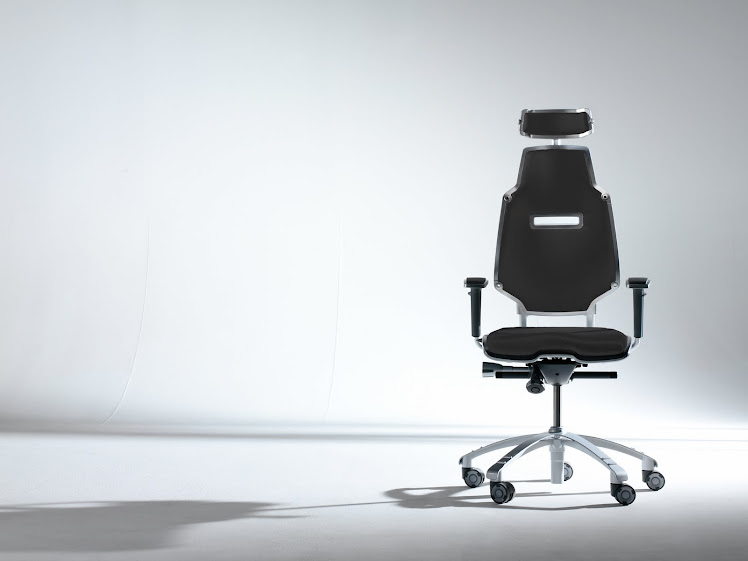One the earliest known innovators to have created the modern office chair was naturalist Charles Darwin, who put wheels on the chair in his study so he could get to his specimens more quickly.
With the advent of rail transport in the mid-19th century, businesses began to expand beyond the traditional model of a family business with little emphasis on administration. Additional administrative staff was required to keep up with orders, bookkeeping, and correspondence as businesses expanded their service areas. While office work was expanding, an awareness of office environments, technology, and equipment became part of the cultural focus on increasing productivity. This awareness gave rise to chairs designed specifically for these new administrative employees: office chairs. This caught the attention of Otto von Bismarck, who is credited with popularizing the office chair by distributing them throughout parliament during his time in office.
The office chair was strategically designed to increase the productivity of clerical employees by making it possible for them to remain sitting at their desks for long periods of time. A swiveling chair with casters allowed employees to remain sitting and yet reach a number of locations within their work area, eliminating the time and energy expended in standing. The wooden saddle seat was designed to fit and support the body of a sitting employee, and the slatted back and armrests provided additional support to increase the employee’s comfort. Like modern chairs, many of these models were somewhat adjustable to provide the maximum comfort and thus the maximum working time.
In the 1970s, ergonomics became an important design consideration. Today, office chairs often have adjustable seats, armrests, backs, back supports, and heights to prevent repetitive stress injury and back pain associated with sitting for long periods. Ergonomic chairs fit an individual's needs and provide support where the individual needs it. New concepts of office chairs include a seat oscillating forwards and sideways and an oscillating seat back to allow the body to move as much as possible during sitting.

No comments:
Post a Comment